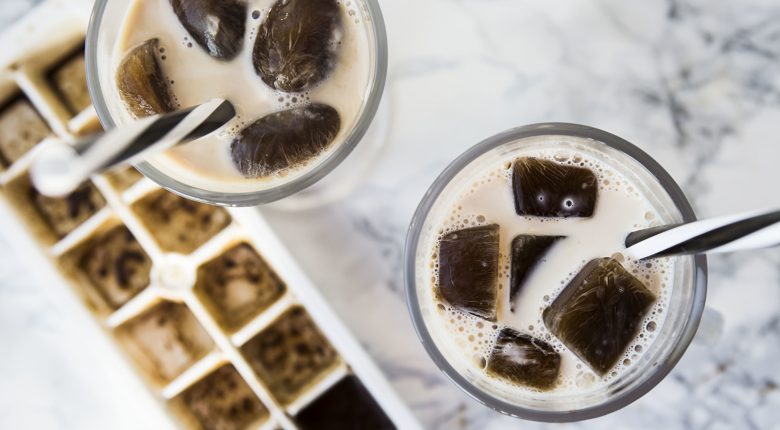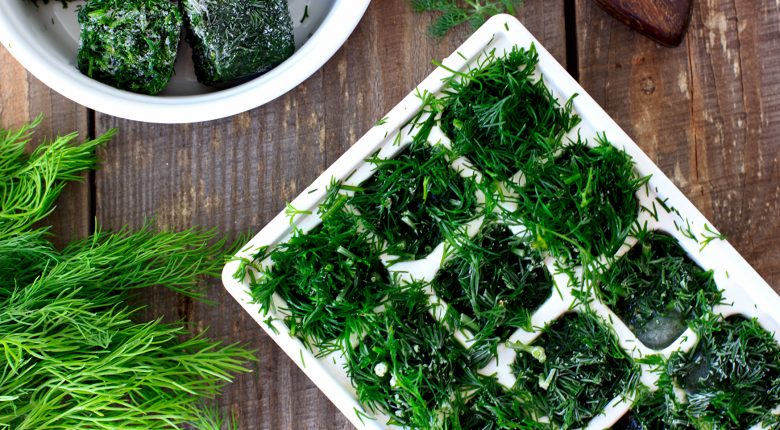Freezers, of course, need electricity to function and therefore use up resources. At the same time, your freezer can make a major contribution to conserving our resources as it’s the ideal help in the home for avoiding food waste. Also, the freezer compartment means you can try out creative applications that are lots of fun and will no doubt impress your guests. Below we have collected together tips and advice, and will explain the essentials of freezing.

It is certainly a luxury which we are able to enjoy today thanks to freezers: If you wanted to keep food a hundred years ago even, then only limited options for preservation were available to you. The food was dried, bottled, candied, preserved in vinegar, oil or alcohol, cured or smoked. This most certainly produced tasty preserves, but the whole thing was also quite time-consuming. The invention of freezers made life much easier for us. It is now quick and easy to keep seasonal products for longer.
How does freezing prolong shelf life?
Freezing puts the food along with all the living organisms it contains into a kind of cryogenic sleep. Most microorganisms and their metabolic processes function best at temperatures of around 30°C. The cold in the refrigerator therefore already starts to slow down many ripening and spoilage processes. It is very much a case of “the colder, the better”. The sub-zero temperatures in the ice compartment put a stop to almost all metabolic processes. The reason for this is that, like us humans, bacteria etc. also need water for survival. If the water is frozen, it is not available for them and, as a result, the shelf life of food is prolonged.
Will frozen foods therefore keep indefinitely? Unfortunately no. Despite the cold, fats are oxidised by the oxygen in the air. The fat then becomes rancid, which is clearly evident in the repulsive smell. The more fat the food contains, the more likely it is to become rancid in the freezer. Always try therefore to ensure the food is airtight when packed and squeeze the air out of freezer bags before freezing. Even the smallest amounts of oxygen however are sufficient for the reaction. Therefore, fatty foods and foodstuffs can never be stored indefinitely – whether frozen or not.
Freezing needs to be learned
Open the freezer, container in, done? There’s a better way. There are actually a few tips on how to become a real pro when it comes to freezing. First of all, the basic requirements are important.
- Freezing fresh food in a 4-star freezer compartment
Not all freezer compartments are the same. Watch out for the star code markings. One star means that there is a temperature of at least -6 °C in the freezer compartment, two stars correspond to at least -12 °C, three stars to at least -18 °C and four stars to even colder temperatures. Devices with only three stars or less are not suitable for freezing fresh food, but only for storing frozen food.
For example, if you place a container of leftover food at room temperature into the freezer compartment, this container releases this heat into its surroundings. The other food which is stored may defrost to such an extent that microorganisms are woken from their cold sleep which would then cause the food to spoil. This is therefore a risk to health. Therefore, if you prefer to freeze food yourself and not just store frozen items from the supermarket, it’s essential that you look for a 4-star freezer compartment.
- Do not freeze hot food
The tip above also leads us on seamlessly to the next. Food and meal leftovers which are to be frozen should already be as cool as possible before they’re placed in the freezer compartment. Therefore do not place food which is still warm in containers and freeze it. Our tip for this is to allow food to cool to room temperature, place in the fridge and after a few hours in the freezer. On the one hand, this prevents goods which are already frozen from thawing again, but it also helps as much as possible to maintain the quality of the food.
The background to this can be explained in terms of physical changes. The faster the freezing process (i.e. the water in the food freezing and turning into ice), the smaller and finer the ice crystals produced will be. If the process is slow, large ice crystals form. If the food is then thawed again, the large ice crystals destroy the cells and thus reduce the quality of the food. For the desirable small ice crystals, your Liebherr freezer features the SuperFrost automatic mechanism which quickly lowers the temperature to the maximum cooling capacity and thus creates the cold reserves for vitamin-friendly freezing.

A true all-rounder: the ice cube tray
What do you use your ice cube tray for? Ice cubes, obviously: Turn on the tap, put the tray in the freezer compartment and the cubes are frozen and ready for use a few hours later. However, there are some great ideas around offering creative ways to fill the trays other than using purely water.
- Tip: For ice cubes with a bit of pizzazz, fill the tray with water and add fruit or edible flowers to the individual cubes. Berries such as raspberries or blueberries are particularly nice.
- Tip: Add a bit of food colouring to the water. A simple drink is then enhanced visually by coloured ice cubes.
- Tip: Fill the ice cube tray with fruit juice. It looks nice, cools your drinks and gives them the flavour of the fruit juice used in each case.
- Tip: Portioning made easy: Filling up the ice cube moulds with home-made soup is great. The cubes can then be removed individually as required. It’s worth all the effort!
- Tip: The ideal helper for recycling leftovers: Our favourite tip is freezing leftovers in nice small portions using the ice cube tray. For example, leftover coconut milk in the can, small amounts of leftover sauces or pesto are also ideal.
- Tip: For all parents: Leftover baby food is great for freezing. Preparing large amounts of baby food yourself and then freezing this is also great. The ice cube tray means that baby food can then simply be defrosted in portions.
- Tip: Made too much coffee? No problem, just fill the ice cube tray with it! You can make a delicious iced coffee and the coffee does not have to be thrown away.
- Tip: A supply of herbs can be easily created and divided into portions if you fill the ice cube tray with chopped herbs and pour on water or oil (but please note, will not keep for ever).
#ice cubes #freezer compartment #freezer #ice cube tray #tips #tricks